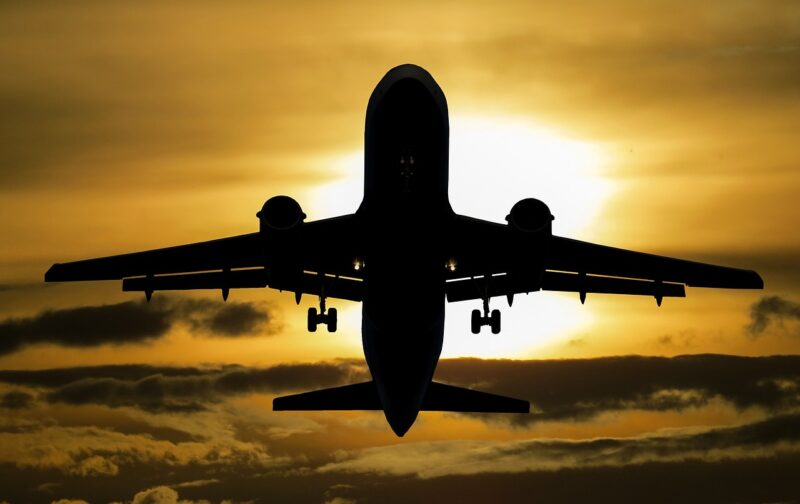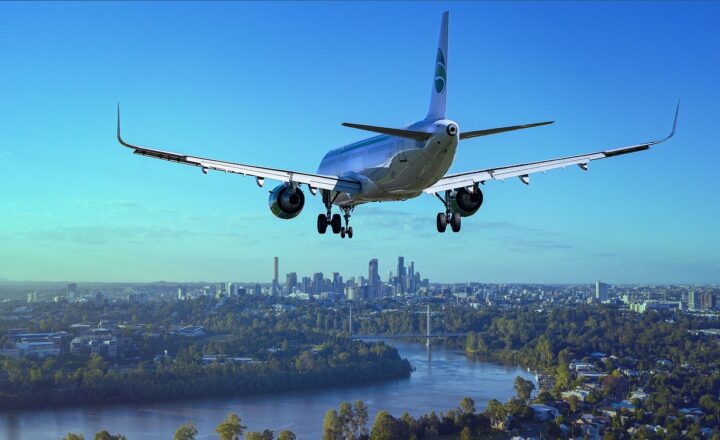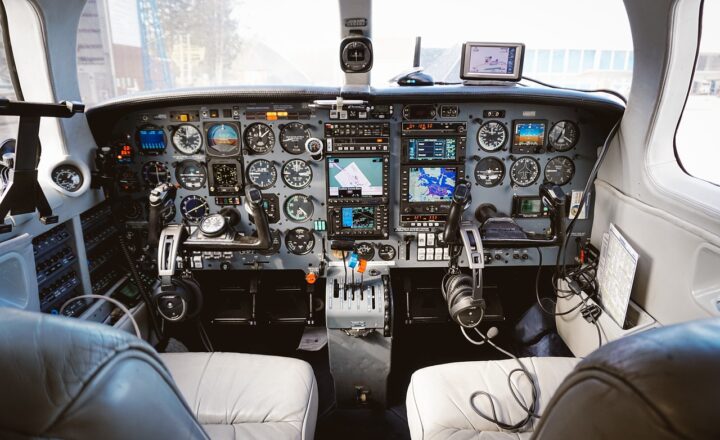Why Some Airplanes Are Still in Service After 50 Years of Flying
November 14, 2024

The aviation industry has seen remarkable advancements in technology, efficiency, and safety over the past few decades. Yet, despite these technological leaps, a stunning number of aircraft are still in service after 50 years or more. This longevity raises important questions about the design, maintenance, and operational practices that enable these vintage aircraft to remain airworthy. In this article, we will delve into the fascinating world of aging airplanes, exploring why many have successfully defied the odds to continue flying well into their fifth decade.
1. Engineering Excellence: The Design Factor
One of the primary reasons certain airplanes endure for such lengthy periods is their incredible engineering. Models such as the Boeing 737 and Lockheed L-1011 were crafted with durability in mind, employing robust materials and design principles that have proven resilient to aging.
High-quality materials like aluminum alloys, titanium, and advanced composites are specifically chosen for their strength-to-weight ratios, ensuring that they withstand the test of time. Moreover, many airplanes incorporate critical safety features from their inception that have proven effective in enhancing longevity.
- Legacy Models: Aircraft like the Douglas DC-3 and Boeing 727 are revered for their rugged structures and have a legacy of harvesting successful service due to being designed with longer lifespans in mind.
- Simple Mechanics: Models with simpler systems and fewer electronic components tend to be easier to maintain and modify, thereby extending their operational lifetime.
2. Rigorous Maintenance Protocols
From the day an aircraft rolls off the assembly line, it enters a cycle of routine maintenance that is mandated by regulatory authorities. The Federal Aviation Administration (FAA), for example, requires all airlines to adhere to strict maintenance schedules to ensure their fleets adhere to safety standards.
Maintenance involves frequent inspections, repairs, and upgrades that keep aging aircraft flying. Some key aspects of maintenance practices include:
- Scheduled Inspections: Aircraft undergo detailed inspections every few years, often referred to as A-checks, B-checks, C-checks, and D-checks, each with increasing levels of thoroughness and disassembly.
- Retrofitting Components: Airlines often replace or upgrade older components with modern equivalents to improve efficiency and reliability. Common upgrades include avionics, engines, and safety systems, resulting in improved performance and compliance with current regulations.
- Corrosion Control: Procedures are in place to combat age-related corrosion, a common enemy of durability in aging aircraft. Regular inspections and treatments help airlines address corrosion issues before they jeopardize safety.
These rigorous standards help identify small issues before they become significant problems, ensuring that even older airplanes remain safe to fly and compliant with modern standards.
3. Adaptability and Upgrading
Many long-serving aircraft have undergone significant upgrades throughout their operational lives, adapting to new technologies and regulatory standards. Airlines often invest in extensive overhauls and retrofits to ensure older airplanes meet current demands regarding efficiency, emissions, and safety.
One of the prime examples is the Boeing 737, which has evolved significantly since its original production in 1968. Several iterations of the aircraft, including the Classic, Next Generation, and MAX series, showcase how a solid base model can adapt to shifting market needs and advancements over time.
Airlines have also shifted focus towards modifying older aircraft for low-cost carriers (LCCs) or niche markets, leveraging their lower operating costs and appealing to specific demographics that don’t necessarily require state-of-the-art fleets.
4. Economic Considerations
In a world where modernization tends to rule decision-making, it may seem counterintuitive that airlines continue to operate aging aircraft. However, economic factors play a critical role in this decision.
Many airlines, particularly low-cost carriers, appreciate older models for their lower acquisition and operating costs. Additionally, depreciation schedules mean that these older aircraft have paid off their initial value significantly, allowing for continued profitability even as they age.
- Cost-Effectiveness: Older aircraft require lower initial capital expenditures in comparison to new models, making them financially appealing in certain markets, especially during times of economic uncertainty.
- Fulfillment of Routes with Demand fluctuations: Experienced older models can be strategically assigned to routes that experience diverse traffic patterns and demand fluctuations, maximizing their utility.
- Fuel Efficiency Upgrades: Companies are increasingly hybridizing older aircraft to enhance fuel efficiency through improvements in engine technology, enhancing their benefit even more.
These considerations empower airlines to justify the continued use of aging models, granting them the ability to operate successfully in competitive markets.
5. The Pilots’ and Crew’s Connection to Legacy Aircraft
It’s not just the mechanical attributes that keep older aircraft in the sky; there’s often a deeply rooted cultural connection among airline staff, pilots, and engineers to these legacy aircraft. Flying vintage aircraft evokes nostalgia and pride, along with a passion for aviation history, that inspires both pilots and their crews.
- Familiarity: Pilots often prefer flying aircraft they’ve operated for extended periods due to their familiarity with the controls and systems, promoting safety and comfort in the air.
- Commitment to Safety: Crew members invested in maintaining operational integrity become champions for their planes, taking pride in preserving their flight status and keeping their history alive.
- Community Building: Enthusiasts often form communities centered around vintage aircraft, sharing knowledge, support, and camaraderie that fosters a culture dedicated to keeping them operational.
In this vein, airlines view these legacy aircraft not merely as machinery but as beloved, integral components of their history and culture. This emotional connection further incentivizes their operators to preserve and maintain them effectively.
Conclusion: The Timelessness of Engineering
While technology surges forward, the fact remains that many airplanes continue to operate successfully after 50 years of service due to a combination of exceptional engineering, rigorous maintenance protocols, adaptability to current standards, economic practicality, and emotional connections among airline staff. As the aviation industry continues to evolve, it’s clear that the lessons learned from these aging aircraft will inform the future of design and operation, allowing us to appreciate both the past and future of modern aviation.
Whether you’re a seasoned aviation professional, an airport enthusiast, or simply possess a strong interest in aircraft history, understanding why some airplanes endure provides a unique perspective on our ever-changing skies. These vintage planes have stories to tell, capturing the essence of resilience, tradition, and progress within the world of aviation.







